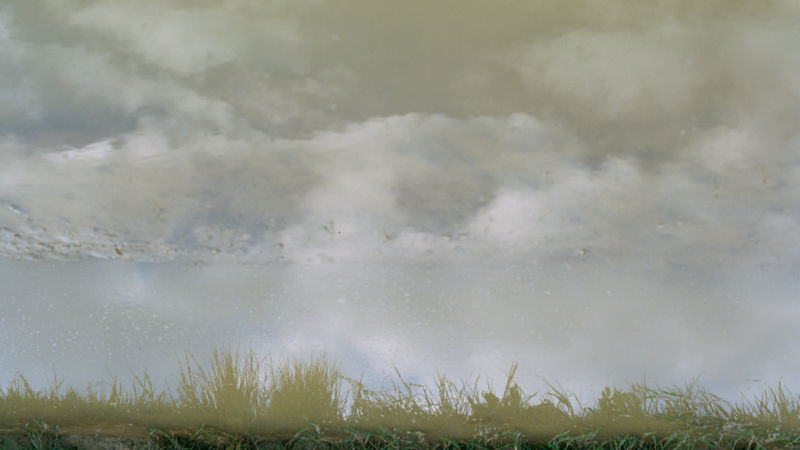How do you leave a warning that lasts as long as nuclear waste?

Enlarge / Ominous looking skies you've got there... (credit: (C) Emily Graham for Mosaic)
In January 1997, the crew of a fishing vessel in the Baltic Sea found something unusual in their nets: a greasy yellowish-brown lump of clay-like material. They pulled it out, placed it on deck and returned to processing their catch. The next day, the crew fell ill with serious skin burns. Four were hospitalized. The greasy lump was a substance called yperite, better known as sulfur mustard or mustard gas, solidified by the temperature on the sea bed.
At the end of the World War II, the US, British, French and Soviet authorities faced a big problem-how to get rid of some 300,000 tonnes of chemical munitions recovered from occupied Germany. Often, they opted for what seemed the safest, cheapest and easiest method: dumping the stuff out at sea.
Read 67 remaining paragraphs | Comments